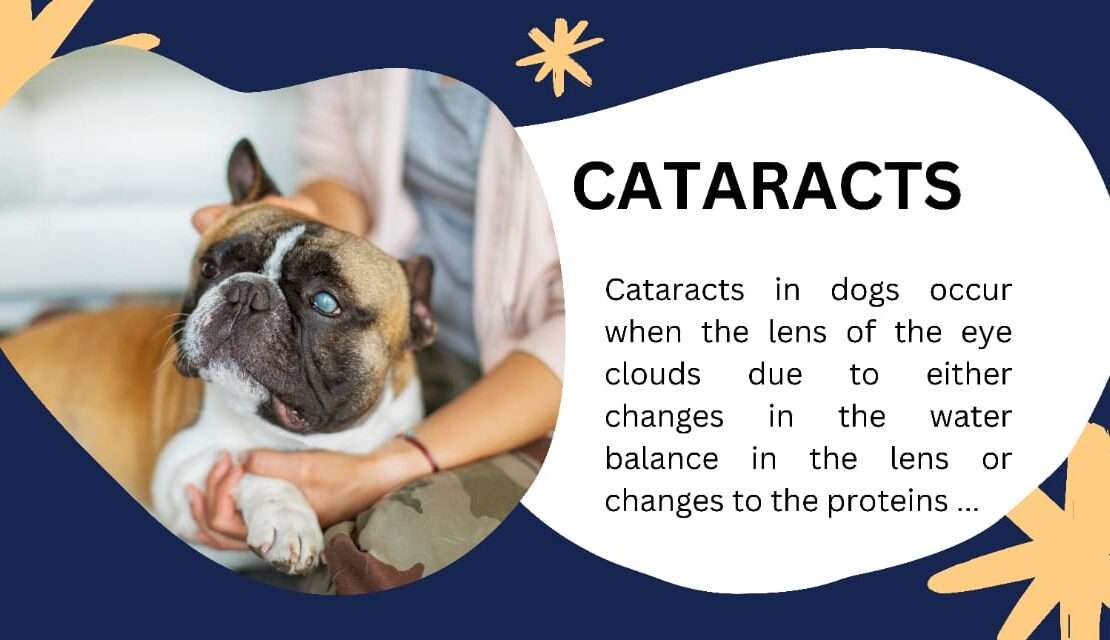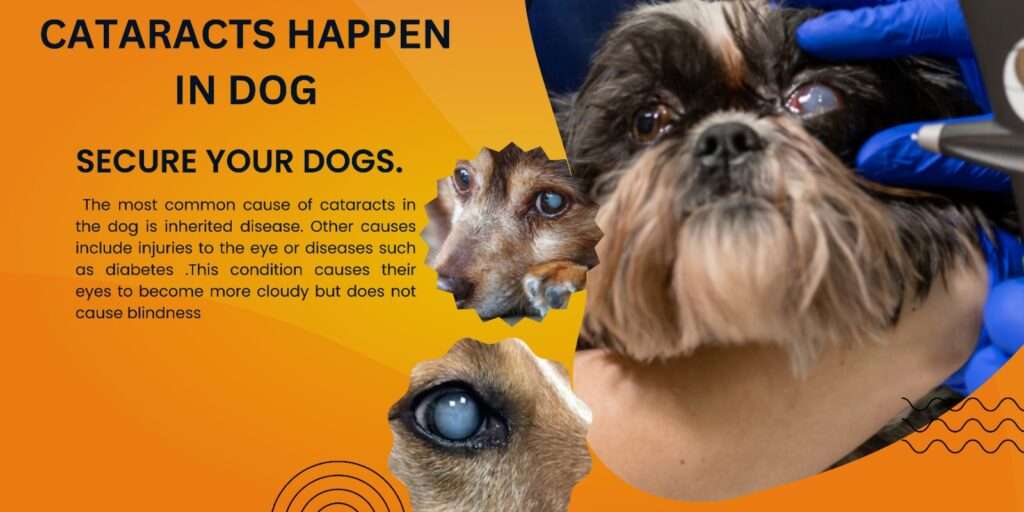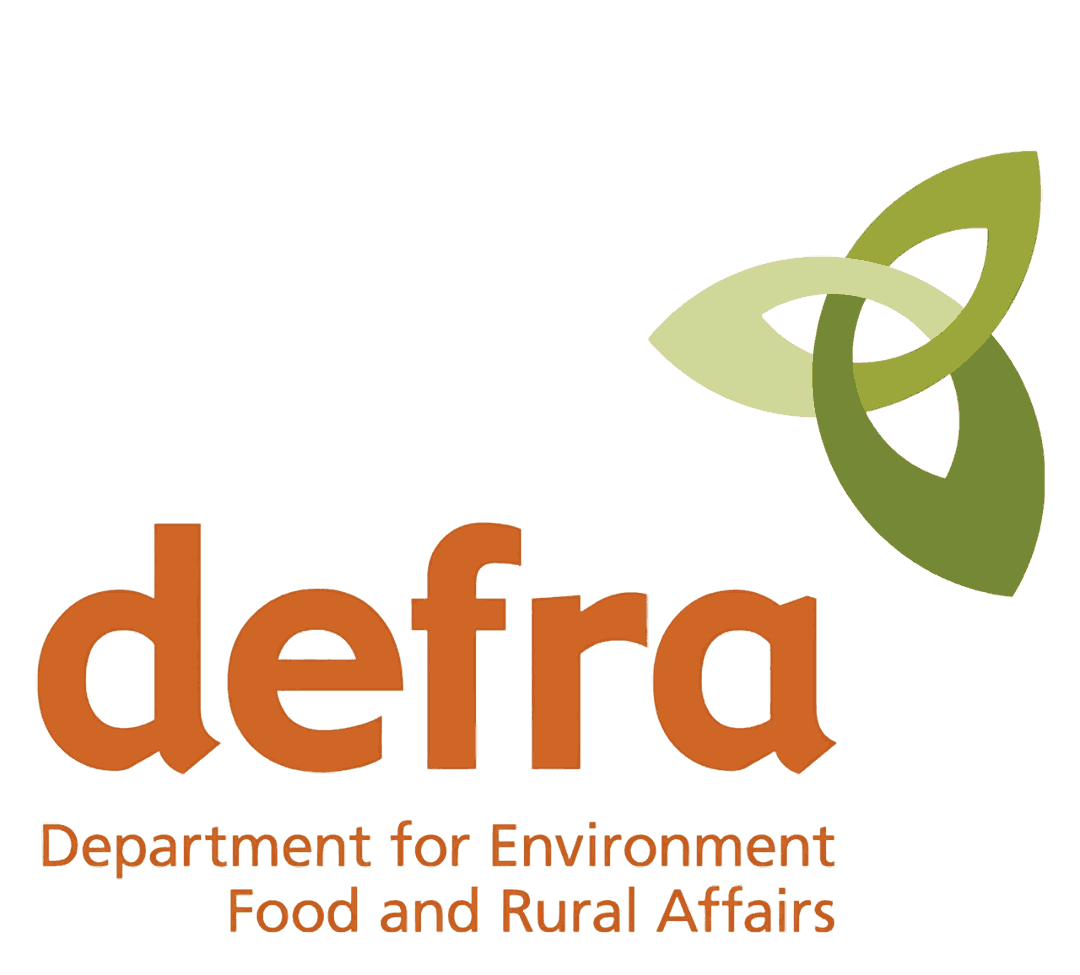
Table of Contents

Cataracts, a common eye condition in humans, can also affect our beloved canine companions. Cataracts in Dogs as a dog owner, it’s crucial to be aware of the signs of cataracts and to seek veterinary care promptly to ensure the best possible outcome for your furry friend. In this article, we’ll delve into the world of cataracts in dogs, exploring how to recognize the signs and the importance of seeking professional help.
Understanding Canine Cataracts
Waterfalls happen when the focal point of the eye becomes overcast, prompting debilitated vision or even visual impairment. In dogs, cataracts can develop for various reasons, including genetics, age, diabetes, trauma, or other underlying health conditions. Regardless of the cause, cataracts can significantly impact a dog’s quality of life if left untreated.
Recognizing the Signs of Cataracts in Dogs
Cataracts, though commonly associated with humans, can also affect our canine companions. As responsible pet owners, it’s essential to be vigilant about the health of our dogs’ eyes. In this comprehensive guide, we’ll explore the subtle yet significant signs that may indicate the presence of cataracts in dogs. By understanding and recognizing these signs early on, you can take proactive steps to seek veterinary care and ensure the best possible outcome for your furry friend’s vision and overall well-being.
Cloudiness or opacity in one or both eyes

If you notice a white or grayish film covering your dog’s eye(s), it could be a sign of cataracts.
Changes in eye color
Cataracts can cause a change in the color of the affected eye(s), often appearing bluish or cloudy.
Difficulty seeing in different lighting conditions
Dogs with cataracts may struggle to see clearly in dim or bright light, leading to clumsiness or hesitation in their movements.
Behavioral changes
Your dog may exhibit signs of discomfort or frustration due to impaired vision, such as rubbing or scratching at the eyes, squinting, or blinking excessively.
Seeking Veterinary Care for Canine Cataracts
If you notice any of these signs or suspect that your dog may have cataracts, it’s crucial to seek veterinary care promptly. A veterinarian can perform a comprehensive eye examination to confirm the presence of cataracts and determine the underlying cause. Early diagnosis allows for timely intervention and management to preserve your dog’s vision and overall well-being.
During the veterinary visit, the veterinarian may perform various diagnostic tests, including slit lamp examination, ophthalmic evaluation, blood tests, and ultrasound imaging, to assess the extent of the cataracts and evaluate your dog’s overall eye health.
Treatment Options for Canine Cataracts
The treatment approach for cataracts in dogs depends on several factors, including the severity of the condition, the dog’s overall health, and the owner’s preferences. While surgical removal of the cataract is often considered the most effective treatment option, not all dogs may be suitable candidates for surgery.
Surgical intervention typically involves procedures such as phacoemulsification or extracapsular extraction, where the cloudy lens is removed and replaced with an artificial lens to restore vision. However, for dogs with mild cataracts or those not suitable for surgery, non-surgical management options such as medical treatment or supportive care may be recommended.
Conclusion: Prioritizing Your Dog’s Eye Health
In conclusion, recognizing the signs of cataracts in dogs and seeking veterinary care promptly is crucial for preserving your dog’s vision and overall well-being. Whether through surgical intervention or non-surgical management, there are various treatment options available to help manage canine cataracts and improve your dog’s quality of life. As responsible pet owners, it’s our duty to prioritize our dog’s eye health and provide them with the care and support they need to live happy, healthy lives.



